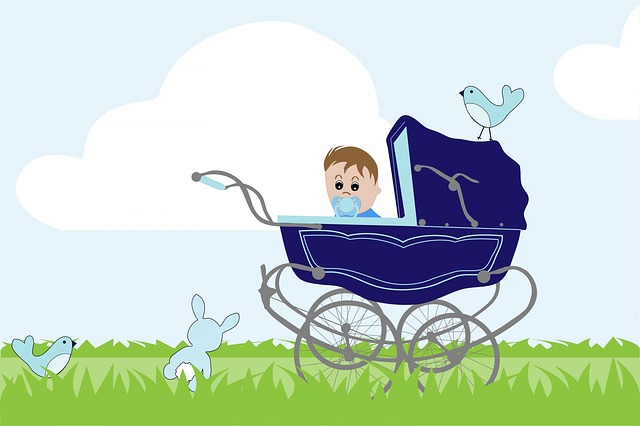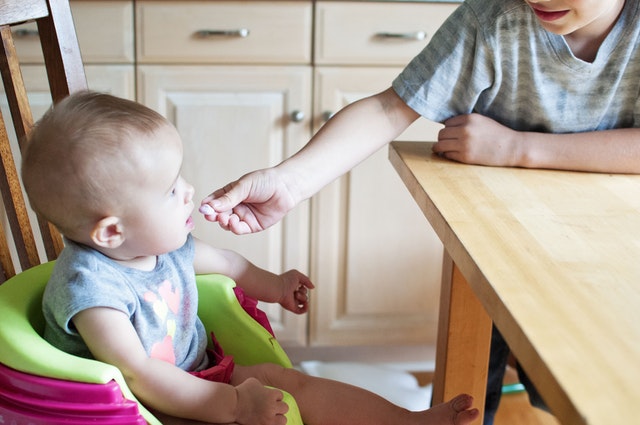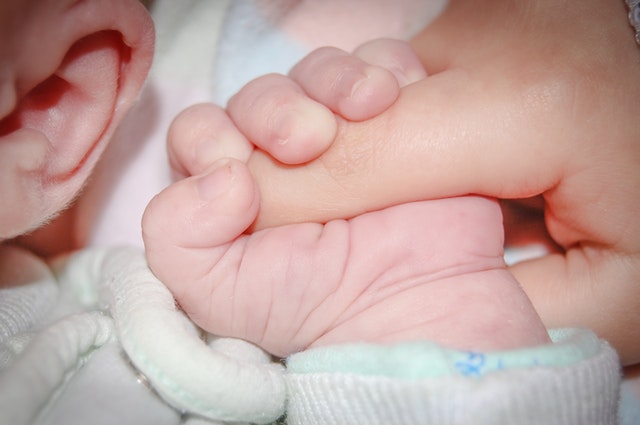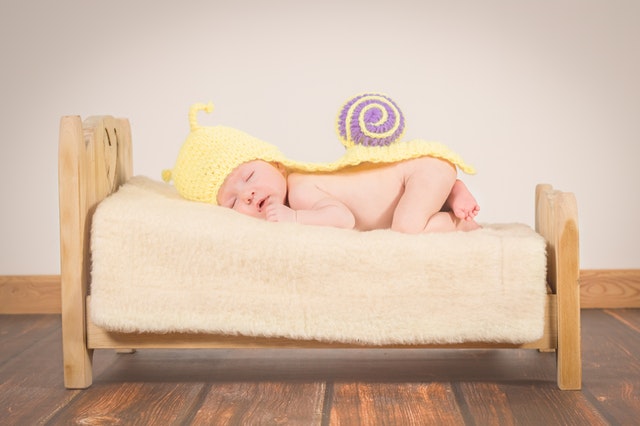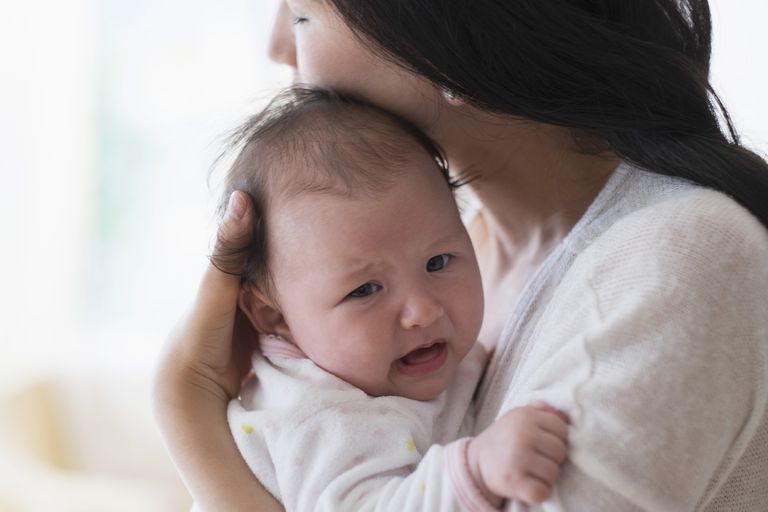How to Nebulize
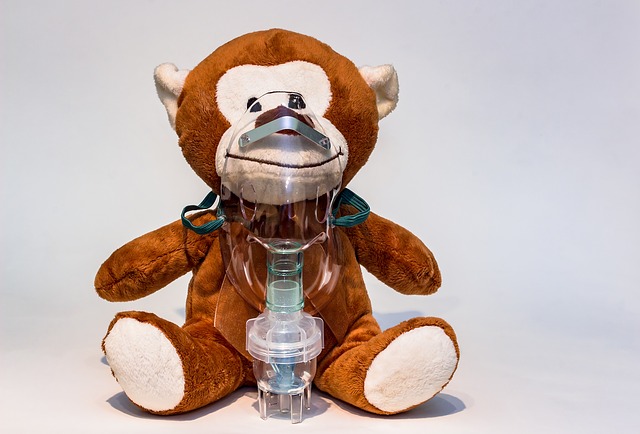
How to Nebulize your Baby
It is the process of medication administration via inhalation . It utilizes a Nebulizer which transports medication to the Lungs.
Illness Like:
- Pneumonia
- Asthma
- Bronchitis
- Allergies
- Breathing difficulties
- Wheezing, etc
In babies we are using mask method .It’s more useful because it’s more comfortable and effective method for baby’s
Reason behind that is the babies are more restless and crying also.
Preparing to use a nebulizer for baby
- First check Nebulizer is working or not and any loose connections. Clean all parts of nebulizer like nebulizer mask, tubing’s and medicine cup then wipe it dry.
- Wash your hands under running tap water for 20sec with soap or you can use hand rub.
- Place the medication into the nebulizer. Unscrew the top of the nebulizer cup and put the prescribed medication into the nebulizer. Many types of respiratory medications for nebulizer treatments come in pre-measured doses. If yours is not pre-measured, measure out the exact amount prescribed for one dose. Secure the top tightly to prevent the medication from spilling out.
- Attach the mouthpiece. Secure it to the nebulizer cup. Although different manufactures may have slightly different jet nebulizers, most mouthpieces will attach to the top of the nebulizer cup. Most nebulizers have mouth pieces instead of face masks, since masks can lead to facial deposits.
- Connect the tubing. Attach one end of the oxygen tubing to the nebulizer cup. On most types of nebulizers, the tubing will connect on the bottom of the cup. Connect the other end of the tubing to an air compressor used for nebulize
- Keep the mask on baby nose and hold it.Hold the baby. Sitting in your lap and make sure the mask is in correct place.
- Using an aerosol mask as an alternative to a mouthpiece for baby’s and young children. Aerosol masks attach to the top of the nebulizer cup or medicine cup. (The mask comes in paediatric and adult sizes.
- Set up an activity to occupy baby during the nebulizer treatment. Showing some toys etc may help the child sit still for the length of the treatment. Ideally, hold the child in your lap since the child should be sitting straight up to receive the optimal dosage of medication.
- The time duration of the inhalation is [5-8 mint]
- Wipe the baby face with small soft towel.
- Clean the nebulizer as directed by instruction.
- Hand wash.
- The mask and medicine cup should be washed with warm water .If it possible to soak the pieces in a warm water for 20mints and disinfect it. After disinfect it make it dry and keep it in proper place
To read more on Baby care, click on the link below,




